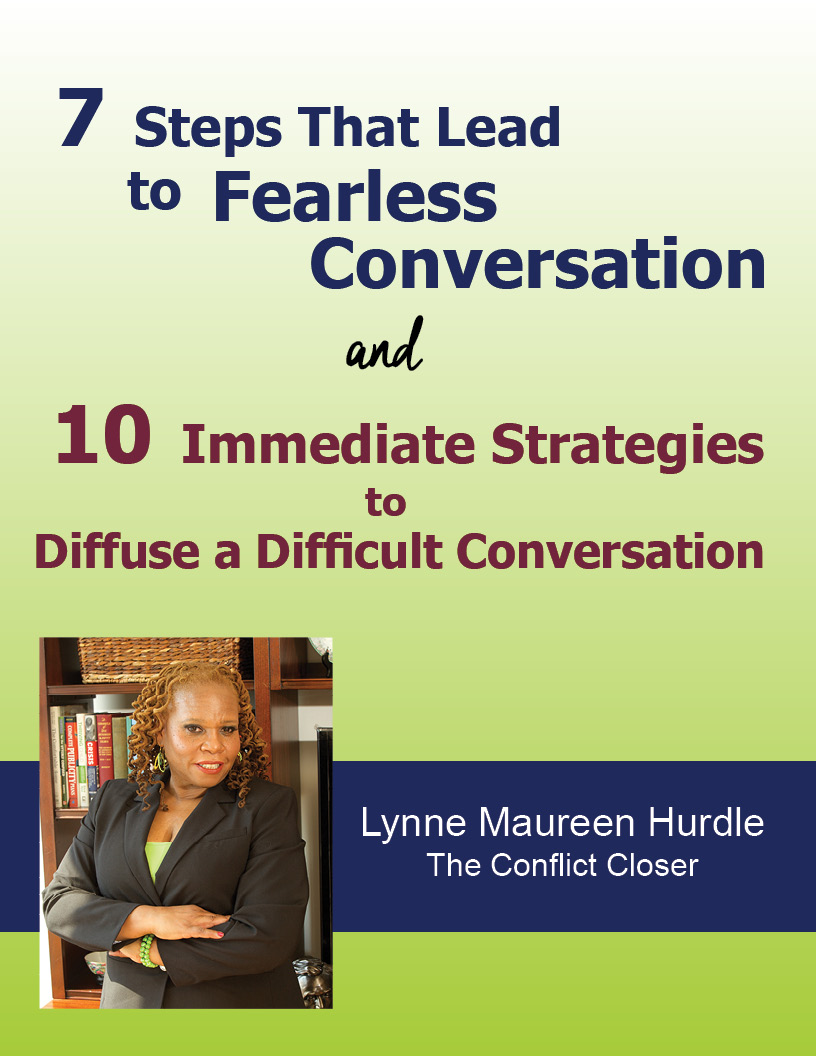During the course of thirty plus years, I have travelled the world helping leaders in many different arenas. One thing I learned from the multitude of diversity out there is that, when it comes to really leading people, most leaders are faking it, including the ones who are financially successful. They are pretending that everyone is getting along and all is going well.
The truth is too many leaders are firing people unnecessarily, getting into endless arguments with their team, and showing up for meetings where no one can admit their mistakes for fear of
being humiliated. Leaders are leaving those meetings frustrated, confused and venting to the few leaders they can trust, who are having the same difficulties at work.
To the outside world, they may look like they have their “ish” together, but most of them are ignoring or avoiding what every leader needs to address and get masterful at: recognizing the strong connection between the way we view and handle conflict in the workforce and the way conflict shows up in our personal lives.
The belief that business and personal are separate entities and that you can leave your personal self at the door when you enter the business world is creating more conflict. Leaders are repressing feelings that arise, avoiding conflicts and missing opportunities to build relationships and have courageous conversations. Unable to recognize how the personal affects business, many leaders are helping to create uncomfortable and tense workplaces and teams.
We do not leave our triggers, emotions and conflict history at the door when we step into work. We may be able to hide them for a while, but they show up, unleashing thoughts, filtering what we hear, influencing what we believe about others and generally affecting the way we interact in the world of work.
Leaders who learn skills and the mindset to master conflict and explore the connection between our personal and work self in conflict will learn that our biggest lessons come from what we learn about ourselves.
If you want to know where the personal intersects with the business, I invite you to learn more about yourself in conflict.
- Explore the place where old conflict wounds reside within you.
- Learn to identify the wounds and the stories behind them.
- Start to acknowledge the feelings and reactions that get stirred because of them and how you play them out on others (at home and in the workplace).
If you begin with these three things, you will have some fascinating discoveries that can help you see yourself and others more compassionately and powerfully during conflict.
Leaders who take on this very personal work are changing the business world by creating a shift that challenges the way we view both leadership and conflict.
Take the Leadership Assessment Quiz here to find out how healthy or unhealthy your team is.





